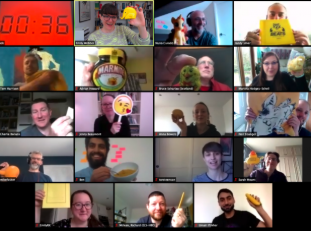In today’s globally connected world, virtual spaces have become essential for learning, working, and social interaction. As these digital environments grow, so does the importance of embracing cultural diversity. Whether you’re managing an online classroom, leading a remote team, or creating digital content, fostering an inclusive atmosphere can enrich the experience for everyone involved.
Why Cultural Diversity Matters in Virtual Spaces
Virtual platforms often bring together individuals from various backgrounds. These differences may include language, customs, time zones, communication styles, and perspectives. By recognizing and respecting these variations, virtual communities become more welcoming and productive.
Promoting diversity not only enhances collaboration but also nurtures creativity. People who feel valued and understood are more likely to contribute meaningfully and build positive relationships within the virtual space.
Strategies for Embracing Diversity Online
1. Create an Inclusive Tone from the Start
Begin meetings or courses by setting expectations for respectful and open communication. Acknowledge the diverse backgrounds of participants and encourage the sharing of ideas and experiences.
2. Use Culturally Sensitive Language and Visuals
Ensure that content, examples, and images used in presentations or materials are appropriate for a wide audience. Avoid slang or idioms that might not translate well or may carry different meanings in other cultures.
3. Celebrate Global Perspectives
Encourage learners or team members to share insights based on their cultural experiences. This can be as simple as inviting people to discuss holidays, traditions, or values that are meaningful to them.
4. Be Mindful of Time Zones and Holidays
When scheduling events or setting deadlines, consider participants’ locations. Rotate meeting times if possible, and avoid scheduling important activities on major cultural or religious holidays.
5. Provide Multilingual Support
Whenever feasible, offer captions, translations, or subtitles for important materials. Tools like auto-captioning or multilingual documents can make information more accessible.
6. Encourage Feedback and Dialogue
Create spaces where participants can share feedback about their experiences. Use surveys or anonymous forms to allow open expression. Use this feedback to improve the virtual environment for everyone.
Building Lasting Connections Across Cultures
Cultural diversity is not just a trend—it’s a vital component of meaningful engagement in digital environments. By prioritizing inclusion and sensitivity, you can help create a space where everyone feels seen, heard, and respected. These efforts lead to stronger communication, deeper collaboration, and a more enriching virtual experience for all.














